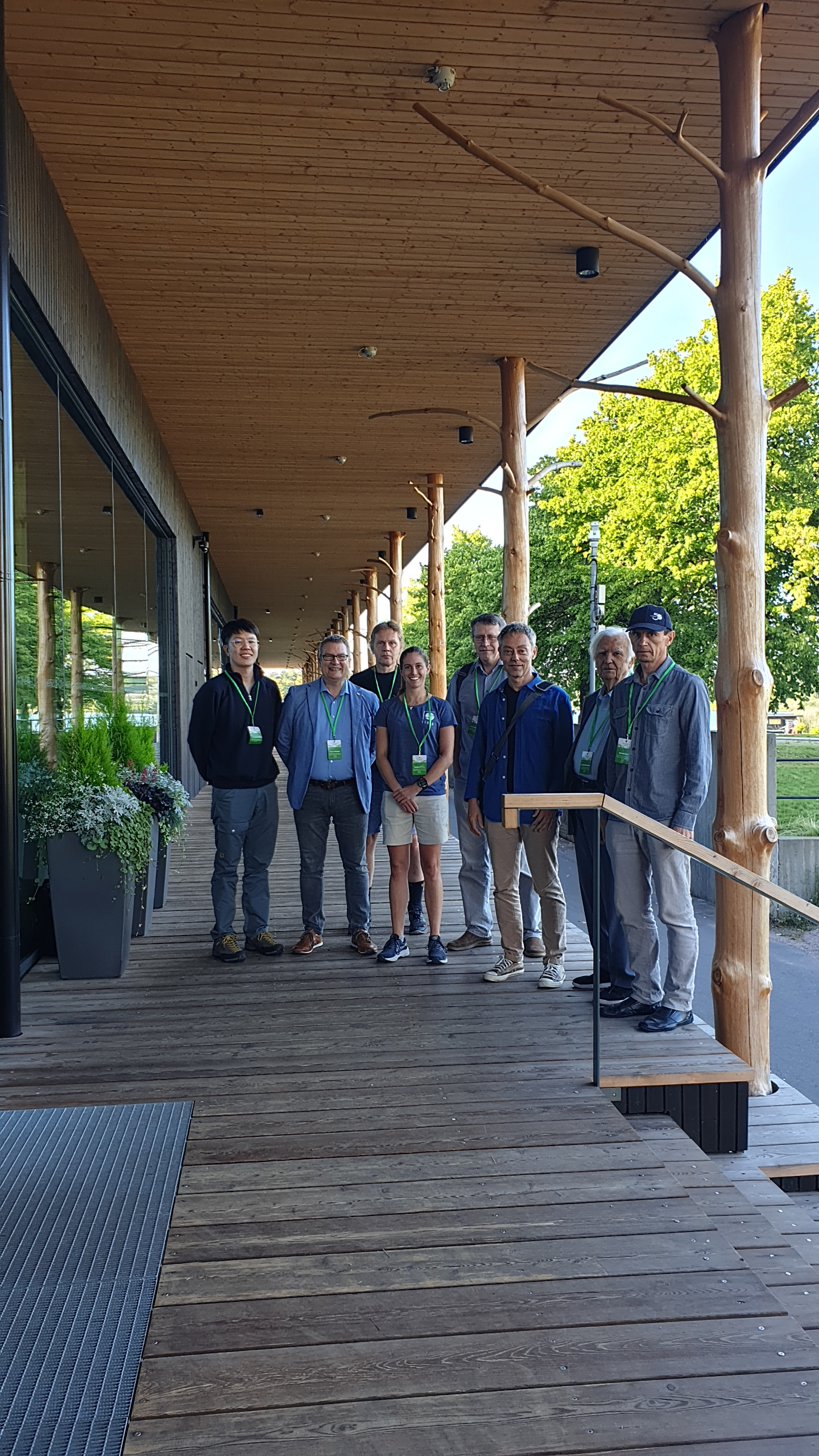Boreal forests often bring to mind a winter wonderland: spruce and pine forests as far as the eye can see, fluffy snow dotted with reindeer beneath a nighttime sky brightened by the aurora borealis. Climate change threatens this fragile, pristine habitat that spans 8 countries in the far north. Now boreal forests are associated not just with snowy landscapes, they are becoming synonymous with raging wildfires and massive plumes of smoke, such as those found currently in Canada.
Mitigating the threats posed by climate change in this unique ecosystem and discussing the most recent boreal-related research is the focus of the International Boreal Forest Association conference. Organized in large part by IIASA's own Florian Kraxner, IBFRA 2023 was held in Helsinki, Finland, where researchers from around the globe gathered to discuss recent findings, foster new connections, and contribute to a plan of attack to save boreal forests as we know them.
Popular among attendees was the topic of wildfires in the boreal zone. Highly anticipated talks were given not only by renowned researchers from the Canadian Forest Service and NASA Ames Research Center, but also by IIASA's Shelby Corning (presenting on behalf of Andrey Krasovskiy) who presented the FLAM team's recent findings on climate change impacts on wildfires in the boreal zone. Titled "Modeling risks of climate-driven wildfires in boreal forests: the FLAM approach", Shelby's presentation covered boreal zone fire dynamics of the past and present before delving into how wildfires and associated emissions are projected to increase in all 4 RCP scenarios modeled (RCP 2.6, 4.5, 6.0, and 8.5). The talk captivated her audience and reiterated what is already well known to scientists: without taking action, we can expect the world to suffer from drastically warmer temperatures, frequent extreme weather events, and an exponential increase in burned areas and total wildfires in the boreal zone.
Burned area for forests and non-forests in the boreal zone under various RCP scenarios
However, the talk was not all doom and gloom. Shelby shared how, even under the worst warming scenario, it is possible to reduce the total burned area by improving suppression efficiency, analyzing forest composition and vulnerability to fire, and focusing mitigation efforts on identified hot spot regions. FLAM has once again proven applicable to a new ecoregion and given researchers, policy makers, forest managers, and other interested parties insight into how climate and mitigation efforts impact burned areas and emissions in the future.
The FLAM team plans to continue their work in the boreal zone, with a focus on how vegetation and forest type, country, and adaptation option influence burned area projections and total wildfire-related emissions. Thanks to the networking capacity of IBFRA, Shelby's presentation has opened doors to potential collaborations with groups such as the Finnish Environmental Institute (SYKE), the NASA Ames Research Center, and the Pacific Institute for Climate Solutions (PICS).
IIASA participants in front of the venue (Little Finlandia Conference Hall, Helsinki)
Despite taking place in Finland, IBFRA also presented an opportunity for discussions with partners at the Bundesforschungszentrum für Wald (BfW). Thanks to these interactions, Shelby was invited to present at BfW's weekly science talks. She is excited to help foster new connections with BfW, learn more about their research, and share recent accomplishments by the FLAM team. This will take place in November, when she will discuss further progress on FLAM application in the boreal zone under climate change scenarios.
We look forward to seeing what new insights and connections FLAM and the FLAM team produce next!







